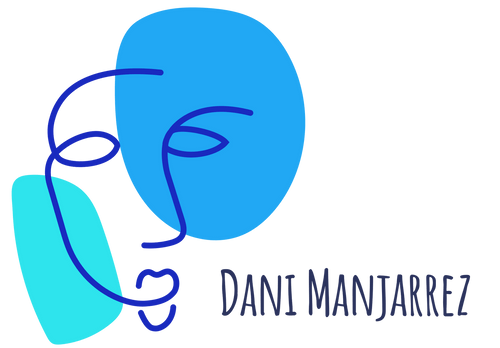Use Case: Transforming the Developer Portal at Fannie Mae
The transformation of Fannie Mae's Developer Portal is a testament to the power of user-centric design and collaboration. As the UX lead for this project, I spearheaded redesigning a crucial platform that bridges developers and resources, transitioning it from a developer-driven space to an intuitive, user-friendly hub.
Challenges and Context
The Fannie Mae Developer Portal presented a unique set of challenges and opportunities. Initially developed by developers, it lacked a structured User Research process. This absence of user-centricity created an environment where the user experience could have been optimized.
Challenges: Absence of User-Centered Design: The Developer Portal was created primarily by developers, with limited input from actual users. This presented a challenge as the platform needed more critical insights and refinements from a User Research process. User Expectations: Internal and external users had certain expectations when accessing a developer portal. Ensuring these expectations were met and exceeded was a key challenge, especially without prior User Research data. Iterative Improvements: Implementing changes and improvements based on User Research findings required an agile and iterative approach. Adapting the development process to accommodate these cycles was a challenge.
Approach: Enhancing the Fannie Mae Developer Portal
To tackle the challenges the Fannie Mae Developer Portal presented, I adopted a systematic approach that prioritized user-centric design and comprehensive User Research. The overarching goal was to identify personas and deeply understand user needs and behaviors within the portal context.
Persona Identification:
Our initial step involved identifying and constructing detailed personas representing distinct user categories and engaging with the Developer Portal. These personas encompassed Internal Fannie Mae users, business partners, and public users, specifically focusing on those engaging with the APIs page.
Understanding User Needs
My journey started by delving into the world of the developers who frequented the portal. Through meticulous research, I identified their pain points and requirements, gaining valuable insights that would shape the portal's future.
Mapping User Journeys
I crafted detailed journey maps for different user personas within the portal to lay a solid foundation. These visualizations highlighted key touch points, challenges, and opportunities for enhancement.
Design Thinking Approach
Adopting design thinking methodologies, I conceptualized wireframes that resonated with the identified personas. This collaborative process ensured alignment between user expectations and technical feasibility, bridging the gap between design and development.
User-Centric Revamp
The outcome was a revitalized Developer Portal that focused on enhancing user experience through intuitive navigation, coherent information architecture, and user-friendly functionalities.
Measurable Impact
The redesigned portal simplified developers' interactions and fostered increased engagement and productivity. The transition from a developer-centric environment to a user-focused platform underscored the significance of a well-balanced approach.
Service Blueprint
Gaining insights into the current persona process, specifically focusing on lenders and TSPs during API onboarding.
Results and Impact
The redesign of the Developer Portal heralded a comprehensive transformation in both design and user experience. Users across all personas found navigating the portal significantly smoother, with streamlined workflows and reduced complexities. This redesign markedly reduced support needs, as users were better equipped to locate information and complete tasks independently. User adoption rates soared, driven by the portal's newfound intuitiveness, and the platform became more future-ready, ready to accommodate new products and features seamlessly. Users reported heightened efficiency, time savings, and a more productive experience, all contributing to a positive atmosphere of user satisfaction. Ultimately, this overhaul aligned perfectly with Fannie Mae's strategic goals, enhancing user engagement and positioning the platform for sustained growth and adaptation in the ever-evolving realm of developer services.
Conclusion
The transformation of the Developer Portal reflects the convergence of design thinking, user research, and developer collaboration. This endeavor showcases the significance of a user-centric approach in redefining digital spaces, ultimately enhancing user satisfaction and interaction.
